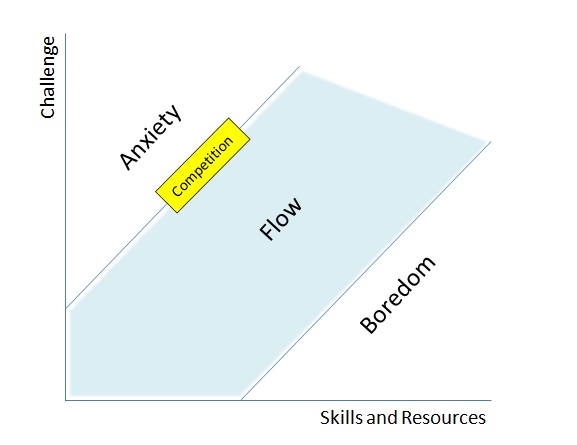Over the past two weeks, we’ve looked at three of the inherent weaknesses of “Lessons Learned” and the way the label is perceived: Passiveness, Negativity and Ambiguity.We will move onto a more positive note soon, but before we do, I want to introduce one further weakness: Bad Teachers.
At this point I want to make it clear that I have seen the Diaz/Timberlake/Segel film of the same name, and that they are 92 minutes of my life that I would like to have back! However, the image was too good not to use.
What do I mean by bad teaching?
In the educational sense of the word, a lesson is deliberately crafted and designed in order to teach. I can say from experience of being married to a teacher, that every hour of teaching she delivers requires another hour to cover preparation, marking and feedback to the learners.
Lessons are carefully formulated to take account of learning styles, levels of capability and connections with other parts of the syllabus. They evaluate understanding, they build on prior knowledge, they include references to further exploration and they have measurable outcomes.
Our bullet point lessons look a bit lame now, don’t they?
“Ah, but we’re not in the business of education”, I hear you say. Well, perhaps we should make education more of our business!
There’s a George Bernard Shaw quote which teachers hate - my wife included. You’ve probably heard it.
Those who can, do. Those who can’t, teach.
But there’s a corollary to this, which I’d like to add:
Those who can do, often can’t teach.
And that’s often our problem.
A project team successfully learns something from a project review meeting. A lot of their learning is internalized, and the “lesson” they write down on that flipchart makes sense to them.
But it doesn’t make sense to the next team who will be using it. Just because I’ve learned something doesn’t make it a lesson for everyone else when I write it down.
Imagine my wife visiting an Egyptology exhibition and giving the brochure to her class on Monday morning whilst announcing “Hey class 4, this is what I learned about the Egyptians over the weekend – why don’t you take a look!”It’s not what she learned that matters, it’s what she teaches.
So how do you prepare a lesson which becomes a good teacher?
Think about the customer for the knowledge. Who will be reading this? What questions would they have?
Consider the context. In what situations would this lesson be relevant? Is it specific or general recommendation? A good practice? Something to bear in mind? Something to avoid?
Provide the back-story. Help the reader to understand the circumstances which gave rise to your experience to help them make sense of what you learned and make a judgement on its applicability in their context.
Illustrate the lesson with artifacts, images, documents, quotes, videos, references and links to provide a richness to the learning experience.
Don't separate the lesson from it's source. Ensure that the person behind the story behind the lesson is clearly referenced. Include a photo and full contact details.
Show where it fits with other lessons. Signpost other relevant lessons and content by drawing together related content into a "knowledge asset".
Keep it fresh. Revisit the content periodically to ensure that it is still current, relevant, and illustrated with the best examples.
That way, we can be those who can do, can learn and can teach.












